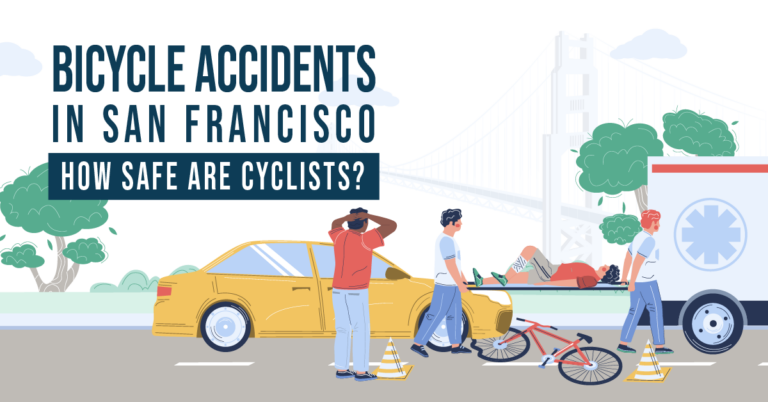Self-driving cars are raising important legal issues about who is responsible in the event of a collision. The recent crash of a Tesla vehicle on autopilot has only sharpened the relevance of such questions. As more and more self-driving cars hit the road, injured motorists will need new strategies for obtaining compensation for their injuries.
Smash Up in Orange County
According to ABC News, a Tesla sedan in late May smashed into the side of a Laguna Beach patrol vehicle, causing injuries to the Tesla driver. Fortunately, no one was in the patrol vehicle, which had been parked on the side of the road. Although details are sketchy, the driver claimed that the vehicle was in autopilot at the time of the crash.
Tesla quickly took to the media to remind drivers that its autopilot is a “semi-autonomous” feature, and that drivers should not remove their hands from the vehicle even after autopilot is engaged. Tesla’s rapid response probably owed something to previous collisions involving its vehicles, including a collision in which a Utah woman rammed the rear end of a stopped fire truck. Another man in California died when his Tesla crashed into a concrete barrier while the vehicle was on autopilot. These accidents, and others like them, are raising questions about who is responsible for the injuries (and deaths) caused by these crashes.
Assigning Liability
In the usual car accident, injured motorists identify who is to blame for the crash and then seek compensation from the at-fault driver or their insurance carrier. Will self-driving and semi-autonomous cars change this, since the vehicle is driving itself?
Maybe not. As Tesla reminded the public after the recent Orange County crash, the autopilot feature only works on normal highways with a lane divider and clear markings. Drivers must acknowledge that they understand this fact before autopilot will engage. For this reason, a driver who engages autopilot when it should not be turned on is still negligent and can probably be held responsible for a collision.
Drivers might also be negligent for not keeping their hands on the steering wheel, as Tesla recommends. Autopilot and other semi-autonomous features do not relieve drivers of all responsibility for what happens to their vehicle.
However, injured motorists might also consider whether they can hold the car manufacturer responsible for the collision. Manufacturers in California cannot put dangerous products in the stream of commerce. If they do, injured victims can sue them for compensation if they show that the product is defective. As more self-driving vehicles fill the road, some experts believe that more lawsuits will be brought against manufacturers after collisions.
Injured by a Self-Driving Car? Speak to an Orange County Car Accident Lawyer Today
Injured motorists should move quickly to protect their rights after a crash. At RMD Law, our Orange County car accident lawyer has recovered millions of dollars for our injured clients, and we are anxious to put our skills to use for you. To schedule your free consultation, please call (949) 326-5000 today.
- Bicycle Accidents in San Francisco: How Safe Are Cyclists? - July 10, 2023
- 6 Ways Posting on Social Media Can Hurt Your Personal Injury Claim - July 5, 2023
- DUI Crashes in Sacramento: 6 Significant Numbers You Should Know - July 3, 2023


